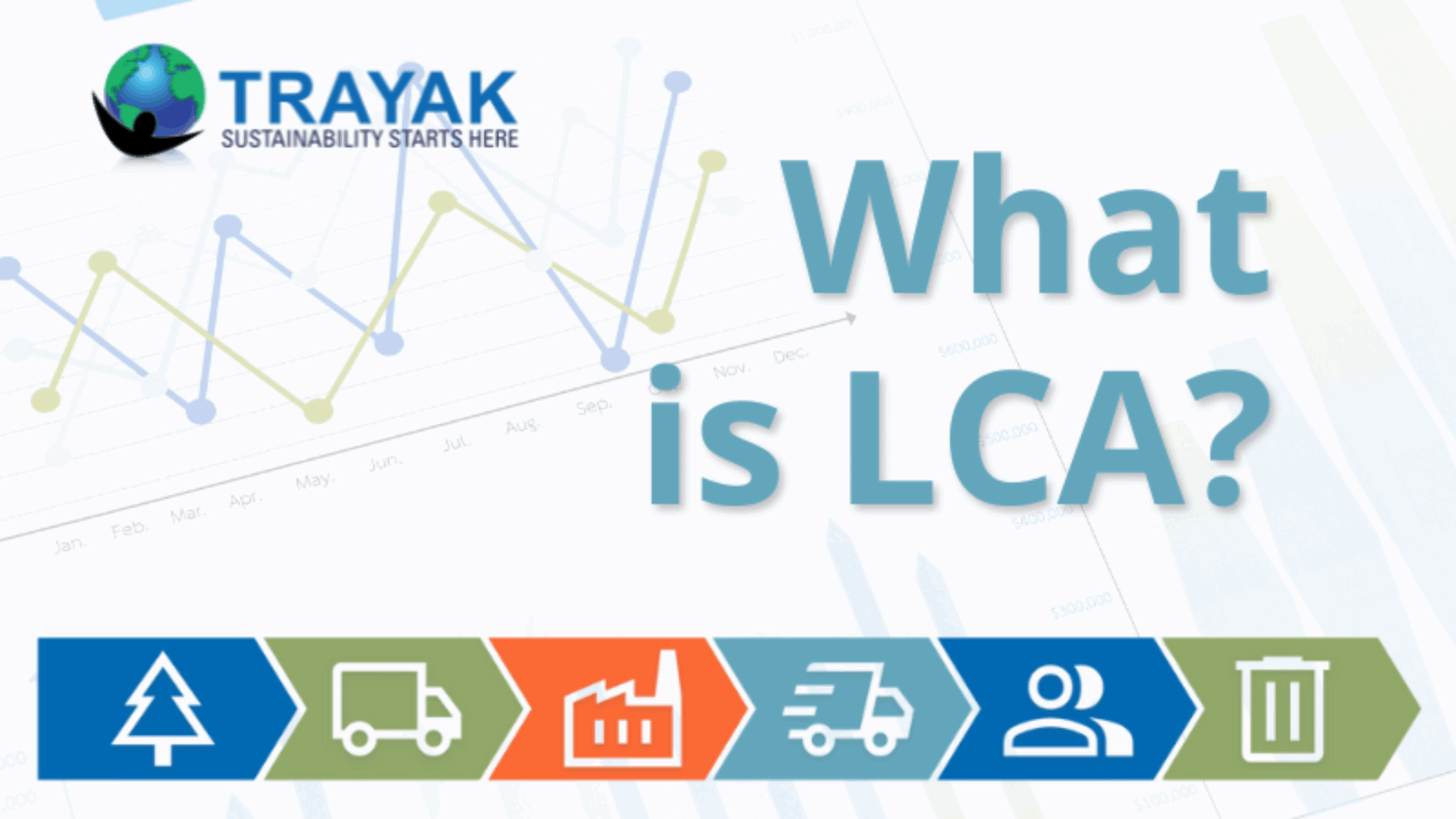Life Cycle Assessment (LCA) is a standardized and reliable method that is used to calculate the environmental impact across the entire life cycle of a product or package. This impact is determined through various different indicators and methods, the most common of which often include Global Warming Potential and Greenhouse Gas Emissions, Water Use & Consumption, and Fossil & Mineral Resource Use.
An LCA breaks down the impact of a product or package into 5 phases that make up the life cycle: Material, Manufacturing, Transportation, Use, and End-of-Life.
Material: This is the phase that captures the impacts of raw material extraction. From plastic to paper to metal to glass, each material can have different effects on the environment. This phase also considers the transportation needed to move the raw materials to the manufacturing phase.
Manufacturing: These are the manufacturing processes used to create products and packaging. This phase primarily focuses on the energy and water use associated with the processes, such as electricity, heat, and steam.
Transportation: The inbound and outbound transportation of a product or package. This phase includes transportation by truck, boat, train, and plane, as well as whether that transportation requires extra considerations such as refrigeration.
Use: This phase considers how your product is consumed or utilized by the consumer. This phase is usually associated with products rather than packaging. However, there is an exception in the case of reusable or refillable packaging. In this case, the use phase considers the washing cycles used to prep the packaging to be used again, as well as the transportation needed for washing, refilling, and returning the packaging to the store or consumer.
End-of-Life: How is your product or package disposed of at the end of its life? Is it sent to the landfill or incinerated? What about recycled or composted? This phase considers the impact of these different disposal methods, as well as the transportation associated with them.
How are they used?
Benchmarking
Before making any changes to your packaging or product, you’ll want to set a baseline to help track any improvements that may occur across your packaging or product design, supply chain, manufacturing, and more. A single-analysis LCA can help you record your initial results before implementing any planned design changes, allowing you to track how your impact changes over time.
Design Improvements and Tradeoffs
There are many different ways you can make changes to your product or package that may result in a change in LCA impact: material switching, single-use to a reusable or refillable scheme, lightweighting, increased PCR content, packaging utilization space and palletization, use of renewable energy, improvements to washing cycles, and improvements to manufacturing processes, to name a few.
LCAs can also help you understand how your design changes may have varying impacts across different environmental indicators. Sometimes a change may result in an improvement to one indicator, while worsening another. This doesn’t necessarily mean that the change is bad to make, but it’s important to have a holistic view of the potential impacts of your product or package.
Marketing Claims
Once you have the results of your LCA, you may want to publish them, or even use them to make comparative assertions regarding your product or package. However, ISO 14044 requires that, in order to make marketing claims regarding the results of your product or package’s LCA, you must complete a third party review. A single-analysis only requires one reviewer, while a comparative study would require a panel of three.
Regulations
Marketing claims aren’t the only thing that may require an LCA and review. Environmental Product Declarations (EPDs), Product Carbon Footprints (PCF, ISO 14067), Water Footprints (ISO 14046), Eco-modulation for Extended Producer Responsibility (EPR) programs, and Scope 1, 2, & 3 reporting all have their own guidelines for conducting a study and publishing its results.
Why Trayak?
Reporting
EcoImpact-COMPASS can support all your reporting needs, from LCA analysis to required methodologies for regulatory standards.
Third Party Reviews
Trayak’s consulting services can help you conduct your LCA, whether it’s single-analysis or comparative, compile the supplemental report, then guide you through the third party review process.
EPR
We can help you streamline your EPR reporting process by registering as a consultant on your behalf. We’ll help you compile and enter your required reporting data into the producer portal, as well as provide an estimate of your total fees. Our team also offers expertise in maximizing eco-modulation bonuses. Trayak consulting services can help you meet the Oregon DEQ’s requirements for LCAs, which specify a supplemental report and third party review that go beyond the standard COMPASS report.
Methods
Trayak offers many of the most commonly required methodologies in LCA: Scope 1, 2, & 3 emissions, PCF, Environmental Footprint (EF), Water Footprint, and the COMPASS method which utilizes 8 indicators from the Impact World+ method.

